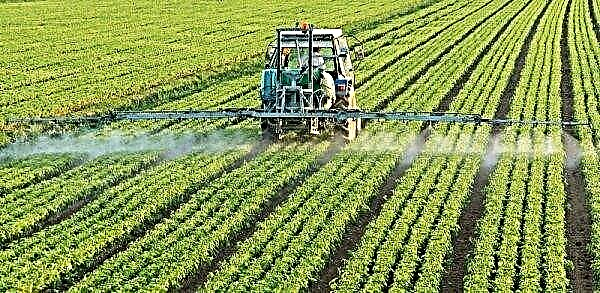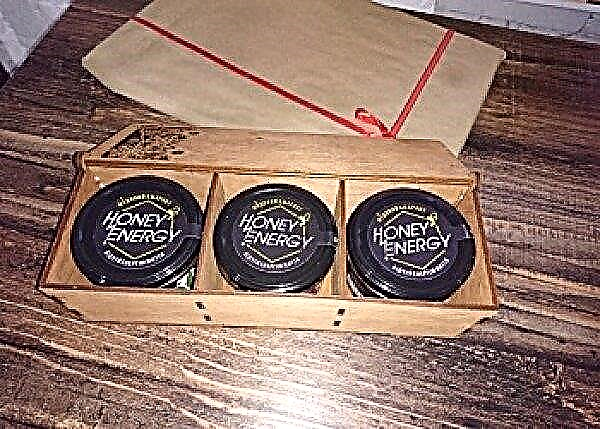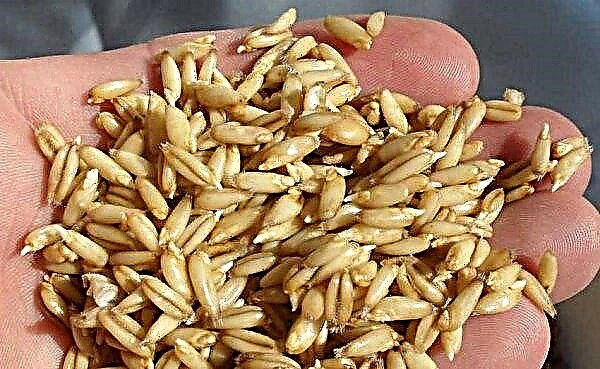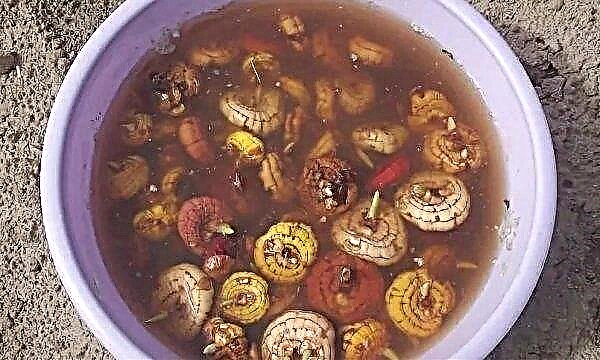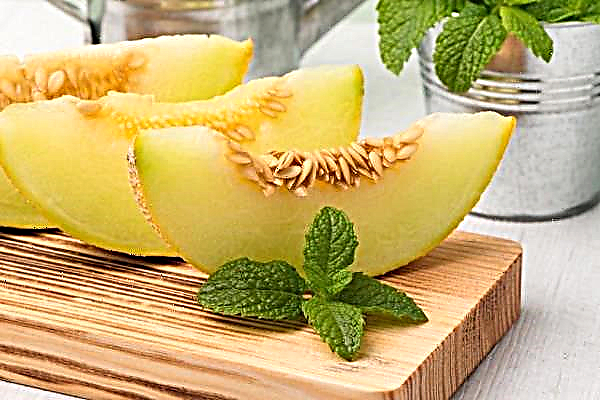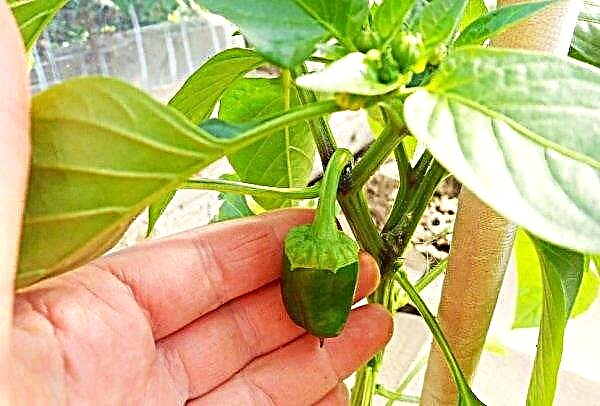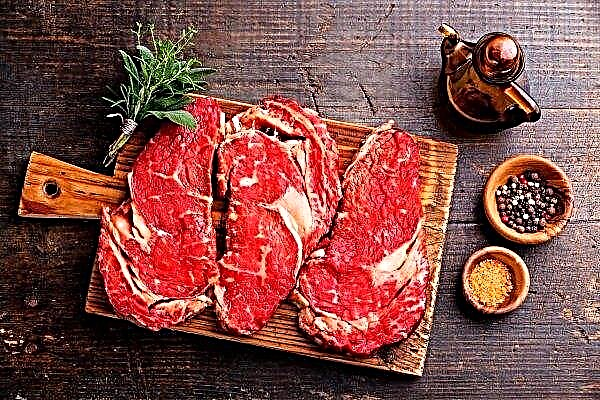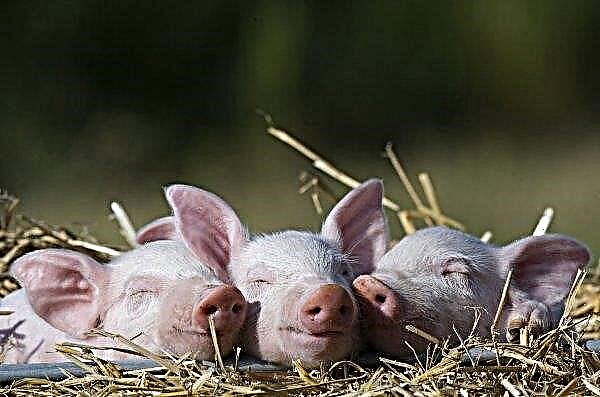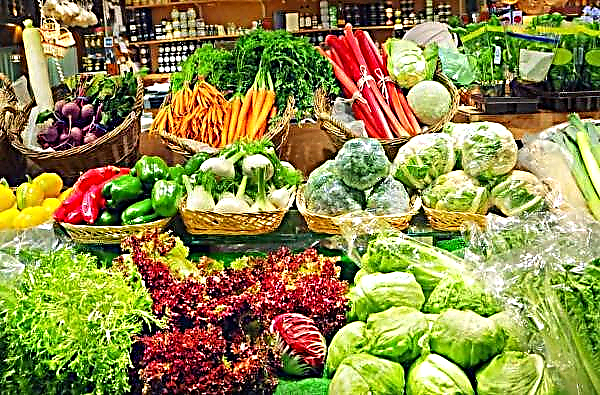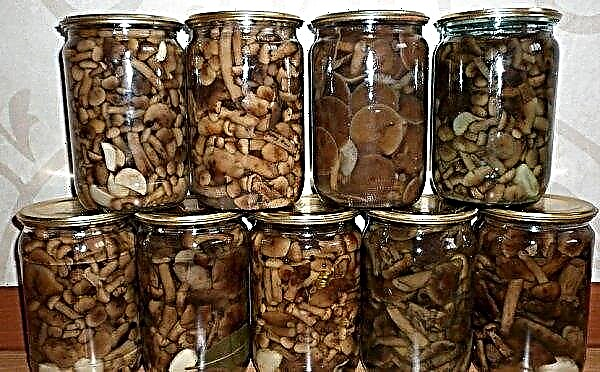Cucumbers are one of the main plants of personal plots, cottages, kitchen gardens. To speed up their harvest, a greenhouse is often used. But, as in the open ground, greenhouse vegetables can lose their shape and presentation. The reasons why cucumbers become irregular in shape will be considered in the article.
Why cucumbers in the greenhouse grow irregularly shaped and what to do
In violation of agricultural farming techniques, cucumbers can take an unusual and even ugly shape. Greenhouse owners should take steps to ensure that plants have the right appearance.
Did you know? With the help of a cucumber, you can fight slugs in the greenhouse and on the open ground. For this, a small fruit is cut lengthwise into 2-3 parts, transferred to aluminum plates and placed in the places of movement of the slugs.
Micronutrient deficiency
Trace elements - the basis for the formation of cucumbers. Their insufficient number is one of the main factors in the formation of low-quality fruits. Most often, there are not enough potash or nitrogen fertilizers. A lack of potassium leads to yellowing of cucumbers and their acquisition of a pear-shaped form.
A lack of potassium leads to yellowing of cucumbers and their acquisition of a pear-shaped form.
Potassium is added as follows:
- treat the plants with a solution of potassium salt - 30 g per 10 liters of water;
- withstand 4 days for high-quality absorption of chemicals;
- add potassium sulfate under the roots - up to 60 g per m².
Important! The introduction of nitrogen fertilizers should occur in moderation, since an excess of nitrogen can lead to the falling of ovaries and leaves.
Wrong watering
Water temperature, its hardness and regularity of the procedure affect the correct formation of the cucumber. The normal temperature for irrigation is considered to be +25 ... + 28 ° C, at which the plant does not receive any thermal stresses. When ovaries appear on the bush, watering is done under the trunk in 2-3 days. Excessive waterlogging is not allowed. Irregular watering can lead to hardening of the fruit and their loss of shape. A drip irrigation system will also be useful, which will help keep the plants in a humid environment on the driest days of the summer.
The normal temperature for irrigation is considered to be +25 ... + 28 ° C, at which the plant does not receive any thermal stresses. When ovaries appear on the bush, watering is done under the trunk in 2-3 days. Excessive waterlogging is not allowed. Irregular watering can lead to hardening of the fruit and their loss of shape. A drip irrigation system will also be useful, which will help keep the plants in a humid environment on the driest days of the summer.
Temperature changes
Growing cucumbers both in the greenhouse and in the open ground throughout the summer suggests the reaction of the bushes to temperature differences, which are especially noticeable in the second half of August. Greenhouse plants can lose their regular shape due to drafts, which are difficult to avoid in a confined space.
Daytime heat at the end of summer contrasts with nighttime coolness and even frost, so late ovaries can curl due to lack of heat. In this case, you can help the plant by covering the ovaries and young cucumbers at night.
Lack or lack of pollination
The lack of pollination or its lack leads to the fact that the fruits are crocheted. At the same time, they have an uneven coloring (lighten from the stem) and are prone to pear-shaped. Pollination does not always take place qualitatively for various reasons, including weather features, the presence of sunlight, landscape properties, etc. Artificial pollination helps to deal with the problem. Even better solves all issues of planting self-pollinated varieties.
Pollination does not always take place qualitatively for various reasons, including weather features, the presence of sunlight, landscape properties, etc. Artificial pollination helps to deal with the problem. Even better solves all issues of planting self-pollinated varieties.
Wrong landing
Different varieties planted side by side can have a negative effect on each other. Such an effect is expressed in the suppression of a weaker species. Pollinated and hybrid varieties should not be planted nearby, as cross-pollination, crossbreeding, and degeneration are possible. All these factors lead to a change in the shape of the fruit.
You should not plant cucumbers every year in the same place - this plant is good to plant the next year after potatoes, white or cauliflower, beets, tomatoes.
Important! Gourds are the worst predecessors of cucumbers.
Late collection
Cucumbers are harvested every 2-3 days - with this schedule, the fruits have time to ripen, and the plant "switches" to new ovaries. If ripe fruits are not removed on time, the attention of the plant will dissipate, and young cucumbers can take on a variety of forms. Overripe fruits are little eaten - they are hard and tasteless. If the cucumber is overripe, it is removed or left for seed stock.
Grade Features
With the most careful care, you can encounter deformation of cucumbers - they are bent and not always bent by poor agricultural technology. Features of a particular variety, the vagaries of nature and other nuances that are not subject to man can lead to a change in the appearance of the fruit.
Uneven cucumbers can grow due to varietal characteristics - there are such varieties that must be curved. The following types are subject to natural curvature:
- late hybrids;
- Chinese varieties;
- recently bred species.
How to determine what is missing cucumbers
When forming the wrong fruit, you should not intensify watering, as this will not solve the problem, but can lead to rotting of the roots. If the cucumbers are pear-shaped or crooked, most often the bush lacks trace elements. It is necessary to carefully inspect the plants, paying attention to the following problems:
It is necessary to carefully inspect the plants, paying attention to the following problems:
- reduction in sheet size;
- lightening leaves;
- reduction in the number of ovaries;
- curvature of the fruit at an early age.
Phosphorus deficiency is manifested by the accelerated growth of empty side shoots, and the leaves brighten and may have signs of necrosis. The plant has a painful and lethargic appearance.
Potassium deficiency can be determined by the following signs:
- bitterness of fruit;
- darkening of leaves;
- the appearance of a light border on the leaves;
- absence or minimum number of ovaries.

With a deficiency or excess of magnesium, light and dark spots appear on the leaves. In some cases, foliage does curl at all. Problems with manganese lead to protrusion and darkening of the veins on the leaves. Calcium deficiency is determined by the unhealthy yellow border on the leaves. The same symptom is characteristic for the absence of a sufficient amount of boron.
Did you know? With the help of a cucumber, door handles and other shiny surfaces will simply shine: just wipe them with a small slice of the vegetable.
Preventive measures
To ensure the harvest and keep the cucumber bushes in good shape, you can carry out preventive feeding. The plant is responsive to fertilizers and will respond with a large number of ovaries to quality care.
Top dressing with various microelements is done according to the following schemes:
- Potassium - wood ash, 200 g per m², once a month.
- Magnesium - Kalimagnesia, 10 g per m², 2 weeks after planting and again a month later.
- Boron - a solution of boric acid (0.2 g per liter) is sprayed with flowering bushes.
- Manganese - a very weak solution of potassium permanganate is introduced under the root.
- Calcium - chalk, wood flour, raw eggshells or calcium carbonate are introduced into the soil in a small amount (a pinch per 1 m²).

